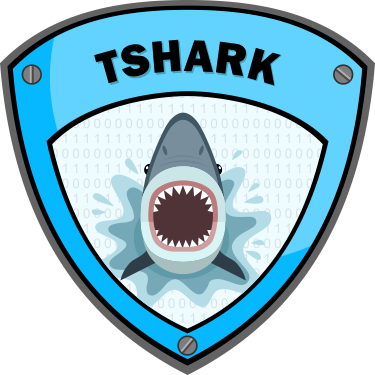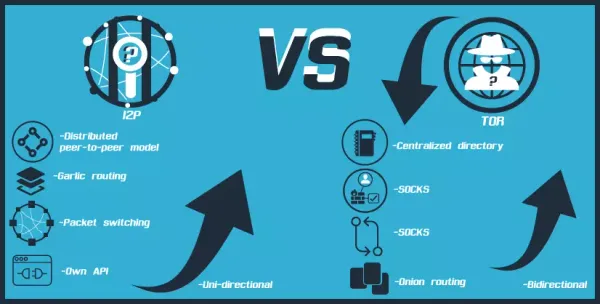Amass-Nmap Integration: Automated Reconnaissance Pipelines
Amass-Nmap integration creates automated reconnaissance pipelines combining comprehensive subdomain enumeration with detailed port scanning and service detection for complete attack surface mapping.

Amass-Nmap integration creates automated reconnaissance pipelines that combine comprehensive subdomain enumeration with detailed port scanning and service detection to map complete attack surfaces in coordinated workflows. Amass documentation demonstrates how Amass discovers thousands of subdomains through passive and active techniques, while Nmap documentation provides systematic port scanning and service fingerprinting that reveals the full scope of exposed services across discovered infrastructure, enabling comprehensive security assessment through coordinated tool execution and output correlation.

Amass Subdomain Discovery and Intelligence Gathering
Passive reconnaissance techniques leverage external data sources including certificate transparency logs, DNS databases, search engines, and threat intelligence feeds to identify subdomains without generating detectable traffic directed at target infrastructure. OSINT methodology framework documents OSINT methodology showing how passive collection minimizes detection risk while gathering comprehensive intelligence about target organizations through publicly available information sources and third-party data repositories.
Active enumeration complements passive discovery through direct DNS queries, zone transfer attempts, and brute-force attacks using comprehensive wordlists that reveal additional subdomains not discoverable through passive techniques alone. Active techniques require careful rate limiting and traffic distribution to avoid detection while maximizing discovery effectiveness through intelligent wordlist selection and recursive enumeration strategies.
Data source integration enables Amass to query dozens of external APIs and databases simultaneously, aggregating subdomain information from diverse sources including certificate authorities, DNS providers, security vendors, and research databases. API integration requires proper credential management, rate limit compliance, and error handling to ensure reliable data collection across multiple external services with varying availability and access requirements.
Attack surface mapping correlates discovered subdomains with IP addresses, hosting providers, content delivery networks, and third-party services to understand organizational infrastructure boundaries and identify potential attack vectors. Comprehensive mapping reveals shadow IT resources, forgotten services, and third-party integrations that expand the effective attack surface beyond directly controlled infrastructure.
Nmap Service Detection and Vulnerability Assessment
Port scanning optimization balances discovery thoroughness against detection avoidance through careful selection of scanning techniques, timing parameters, and traffic characteristics that maximize service discovery while minimizing security monitoring alerts. Port scanning techniques documents various scanning approaches including TCP connect scans, SYN stealth scans, and UDP scanning that provide different trade-offs between accuracy, speed, and stealth characteristics.

Service version detection utilizes banner grabbing, protocol probes, and signature matching to identify specific software versions, configuration details, and potential security vulnerabilities associated with discovered services. Version detection enables prioritization of assessment efforts by identifying known vulnerable services, end-of-life software, and configuration issues that represent immediate security risks.
NSE script documentation provides comprehensive documentation of Nmap Scripting Engine capabilities that enable automated vulnerability assessment, authentication testing, and service-specific security checks through modular script execution. NSE scripts can identify common vulnerabilities, test for default credentials, enumerate service-specific information, and perform automated security assessments that extend beyond basic port scanning.

Output formatting enables structured data extraction from Nmap results through XML, JSON, and grepable formats that facilitate automated parsing and correlation with other reconnaissance data. Proper output formatting ensures that scanning results integrate effectively with analysis tools, reporting systems, and workflow automation that processes large-scale reconnaissance data efficiently.
Pipeline Integration and Workflow Automation
Data correlation algorithms match Amass subdomain discoveries with Nmap port scan results to create comprehensive infrastructure maps that combine DNS information, IP addresses, open ports, running services, and vulnerability assessments in unified datasets. Correlation enables identification of patterns, service clustering, and infrastructure relationships that inform security assessment priorities and attack path analysis.

Bash scripting guide demonstrates bash scripting techniques for orchestrating complex reconnaissance workflows that coordinate multiple tools, manage intermediate data files, and implement error handling and recovery mechanisms. Effective scripting enables reliable execution of multi-stage reconnaissance processes that can run unattended for hours or days while maintaining data integrity and process monitoring.
Target prioritization implements scoring algorithms that rank discovered assets based on factors including service criticality, vulnerability exposure, administrative accessibility, and business impact to focus assessment efforts on high-value targets. Automated prioritization enables efficient resource allocation during time-constrained assessments while ensuring that critical security issues receive appropriate attention.
JSON parsing tools provides JSON parsing techniques that enable efficient extraction and manipulation of structured reconnaissance data through command-line tools and scripts. JSON processing capabilities enable complex data transformations, filtering operations, and format conversions that integrate reconnaissance results with analysis frameworks, reporting tools, and security information management systems.
Advanced Techniques and Operational Considerations
Rate limiting and detection avoidance implement traffic shaping, timing randomization, and source distribution techniques that minimize the likelihood of triggering security monitoring or rate limiting systems during large-scale reconnaissance operations. Stealth techniques include proxy rotation, user agent randomization, and traffic pattern obfuscation that enable sustained reconnaissance without alerting target organizations.
Distributed scanning architectures enable horizontal scaling of reconnaissance operations across multiple systems, geographic locations, and network paths to accelerate data collection while distributing detection risk. Coordination mechanisms ensure comprehensive coverage without duplication while maintaining operational security and result aggregation across distributed scanning infrastructure.
Results analysis implements automated pattern recognition, anomaly detection, and statistical analysis techniques that identify interesting findings from large reconnaissance datasets without requiring manual review of thousands of individual results. Analysis automation enables identification of security patterns, service configurations, and infrastructure characteristics that might be overlooked during manual assessment.

Penetration testing methodology documents penetration testing methodology that provides context for reconnaissance activities within broader security assessment frameworks, showing how automated reconnaissance fits into comprehensive security testing processes. Methodology guidance ensures that reconnaissance activities align with assessment objectives while maintaining appropriate scope boundaries and ethical constraints.
Implementation Scripts and Deployment Strategies
Wrapper script development creates unified interfaces that coordinate Amass and Nmap execution with appropriate parameter selection, error handling, and output management for specific use cases and deployment environments. Well-designed scripts abstract tool complexity while providing flexible configuration options that adapt to different target environments, assessment requirements, and operational constraints.
Configuration management enables reproducible reconnaissance operations through standardized parameter sets, wordlist selection, and timing configuration that ensure consistent results across different assessment engagements. Configuration templates provide starting points for common scenarios while allowing customization for specific requirements and environmental constraints.
Logging and monitoring implement comprehensive activity tracking that records reconnaissance progress, tool execution status, error conditions, and performance metrics to support troubleshooting, quality assurance, and operational improvement. Effective logging enables post-assessment analysis that identifies optimization opportunities and process improvements for future reconnaissance operations.

Legal and ethical considerations require careful attention to scope boundaries, authorization requirements, and applicable laws governing reconnaissance activities in different jurisdictions. Reconnaissance automation provides guidance on ethical OSINT practices that ensure reconnaissance activities remain within appropriate legal and professional boundaries while maximizing legitimate security assessment value.




